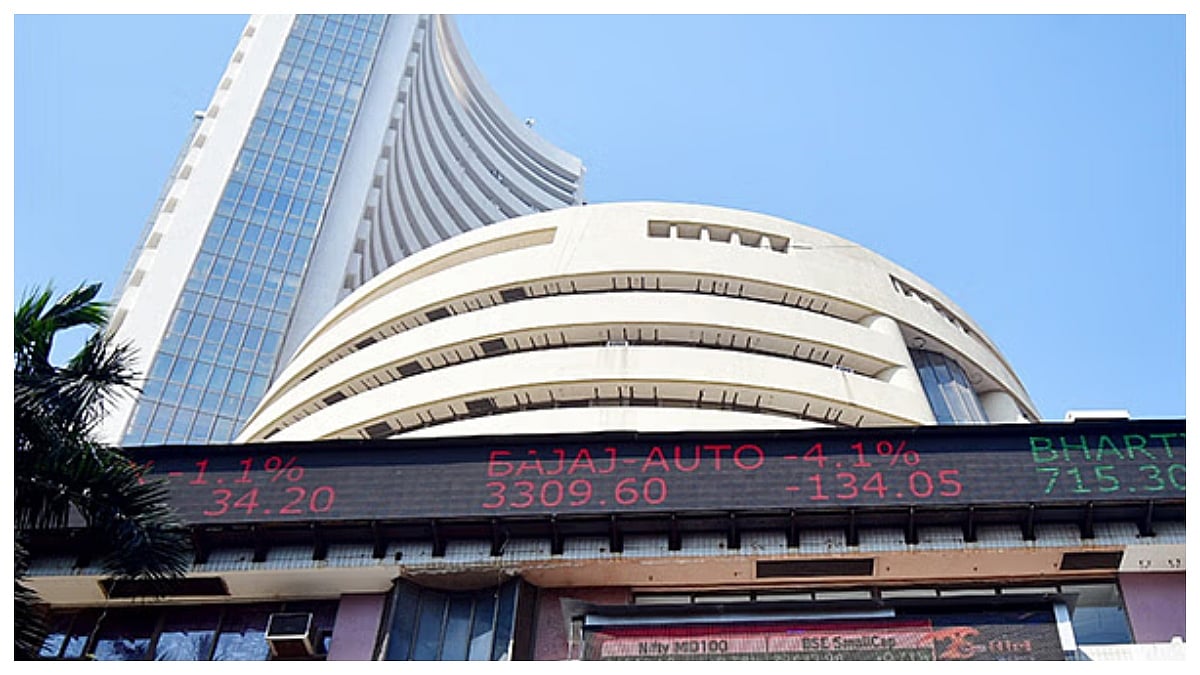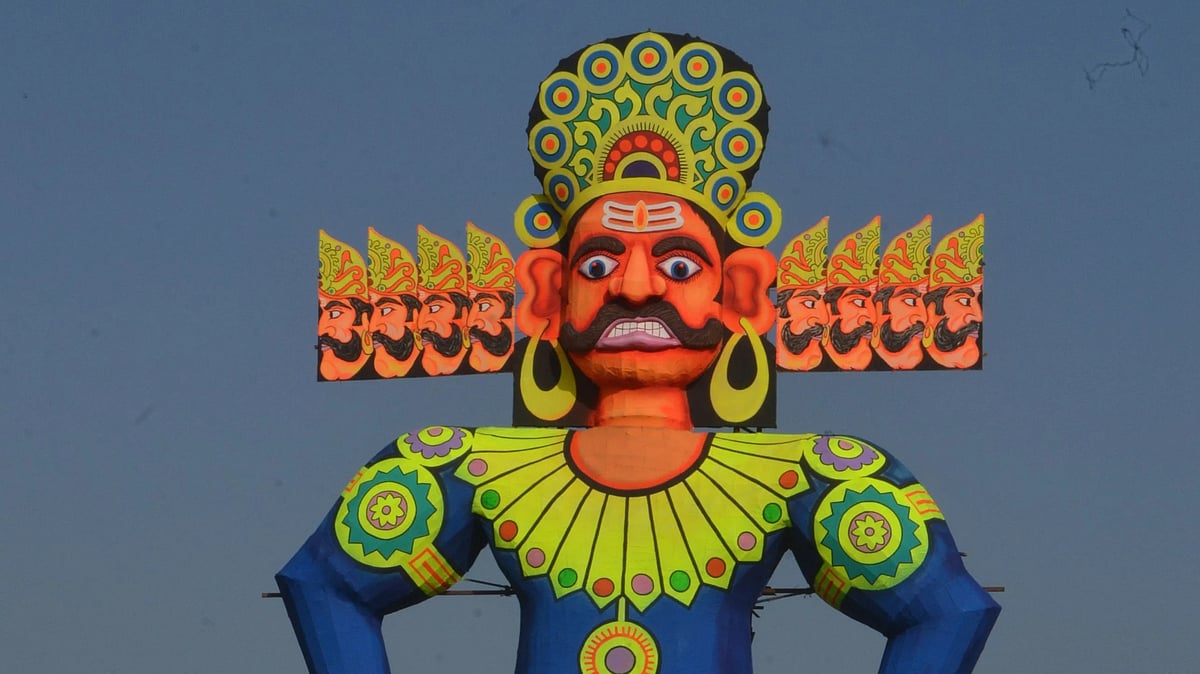If you have been following the news in India around the raids on the news portal Newsclick and the arrest of its editor Prabir Purkayastha, you most likely would have been asking yourself News what? This breathless coverage followed the raids on journalists, columnists, and freelancers for Newsclick, by the Delhi Police. The police filed an FIR against the editor of Newclick Prabir Purkayasta under the draconian UAPA alleging that the website had received foreign funding from China to spread “Chinese propaganda” and “disrupt the sovereignty and territorial integrity of India”. The police also alleged that NewsClick had published articles that were “defamatory and harmful to the reputation of the Indian government”.
The government, and its echo chamber, has weaponised an article in The New York Times — a publication they otherwise heartily despise — to go after an editor who has been relentless in his criticism of the government. And it is being played out as preventing a Chinese conspiracy to compromise the sovereignty of India. The Government’s pet TV channels, and their pliable anchors, have gone to town with a story of an existentialist threat to India and Indian sovereignty by a Chinese-funded news platform. What they fail to tell you is that the platform has a fraction of the viewers that Indian news channels — which run hate as their staple coverage — have. It will also not tell you that the largest Chinese firms sponsor these very same hate-filled channels.
In the last few years, there has been a gradual ratcheting up of public opinion against the liberal cause. The liberals have been re-labelled Left-wing liberals and have been deemed dangerous for national interest. And what is against national interest — according to these public opinion manufacturers? Anything opposing the government stance. Anyone questioning the government. Anyone asking questions about crony capitalism, or farm laws, or the CAA or even sexual harassment of wrestlers. Terms such as Urban Naxals, Sickular, FemmiNazi et al have become part of the public discourse. And positions that were once considered progressive — feminist, secular, liberal — are now considered suspect. This is reminiscent of the McCarthy era. Except that unlike the USA, where Joseph McCarthy sat in the Senate, our public inquisitors sit in TV studios, backed by an extremely vocal hate factory that targets anyone deemed “suspect”.
In the 1950s, America was gripped by an intense wave of anti-communist sentiment. It was seen in political discourse, Hollywood films, novels and on the street. The Soviets — atheists, communists — were not just seen as the great enemy, but also as an existentialist threat. This sentiment gave wings to a public witch-hunt that had the nation riveted. Spearheaded by Senator McCarthy, this nationwide inquisition targeted alleged communists and sympathisers. Careers and lives were destroyed based on mere suspicions and unproven accusations. This witch-hunt came to be known as McCarthyism. If you've watched the recent film Oppenheimer, you’ll recognise the references as Oppie is put under the scanner for having “communist links”.
While the intensity of the Cold War era’s ideological confrontations, exemplified by McCarthyism, may seem like topics for Netflix shows and feature films, the echoes of these divides resonate even today. Across the globe, nations grapple with polarised political landscapes, where the terms “left” and “right” often signify more than mere economic positions. Nowhere is this evolution of ideological identity more evident than in India, where traditional Western definitions are reshaped by a unique blend of historical, socio-political, and cultural influences.
In India, the “Left”, often represented by parties like CPI(M), champions socialism, communism, state-led economy, social welfare and their brand of secularism. The “Right”, which includes heavyweights like the BJP, leans towards economic liberalisation, a stronger form of nationalism, and a Hindu-centric cultural narrative. In India, the left and right divide is less about economics and more about the soul and spirit of nationalism. It’s about marginalised voices on the left, seeking their rightful place, and a unified national identity that the right envisions. Caste, religion, regionalism? They just add more layers to this already intricate tapestry.
In the first two decades of the 21st century, the gap between the Left and the Right has widened to become a chasm — with both sides digging their heels in. The dislike is real. This antipathy is no longer confined to spirited debates in Parliament or op-ed columns; it has become a battle for domination. We are seeing it in its most virulent forms during elections in Bengal and Kerala, where blood flows liberally. Each side can match the other in terms of polarisation, street power and brutality; as a result battle lines are not just drawn, but are brutal and bloody.
The left accuses the right of raising funds from oligarchs and stamping down on the rights of the oppressed. And the right accuses the left of raising funds from capitalists like George Soros, as well as the Chinese Communist Party, compromising national security. And, both sides believe ardently that the other side is not just funded by the “enemy” but that they are selling out the larger interests of India and Indians to these funders.
The story of NewsClick serves as a microcosm of this larger narrative where the separation between ideologies has become a battleground, with entities often being judged not by the content and quality of their work, but by perceived affiliations and ideological leanings. The danger here is not just the polarisation of media, but the potential erosion of a middle ground where voices of reason once thrived.
The writer works at the intersection of digital content, technology, and audiences. She is a writer, columnist, visiting faculty, and filmmaker












